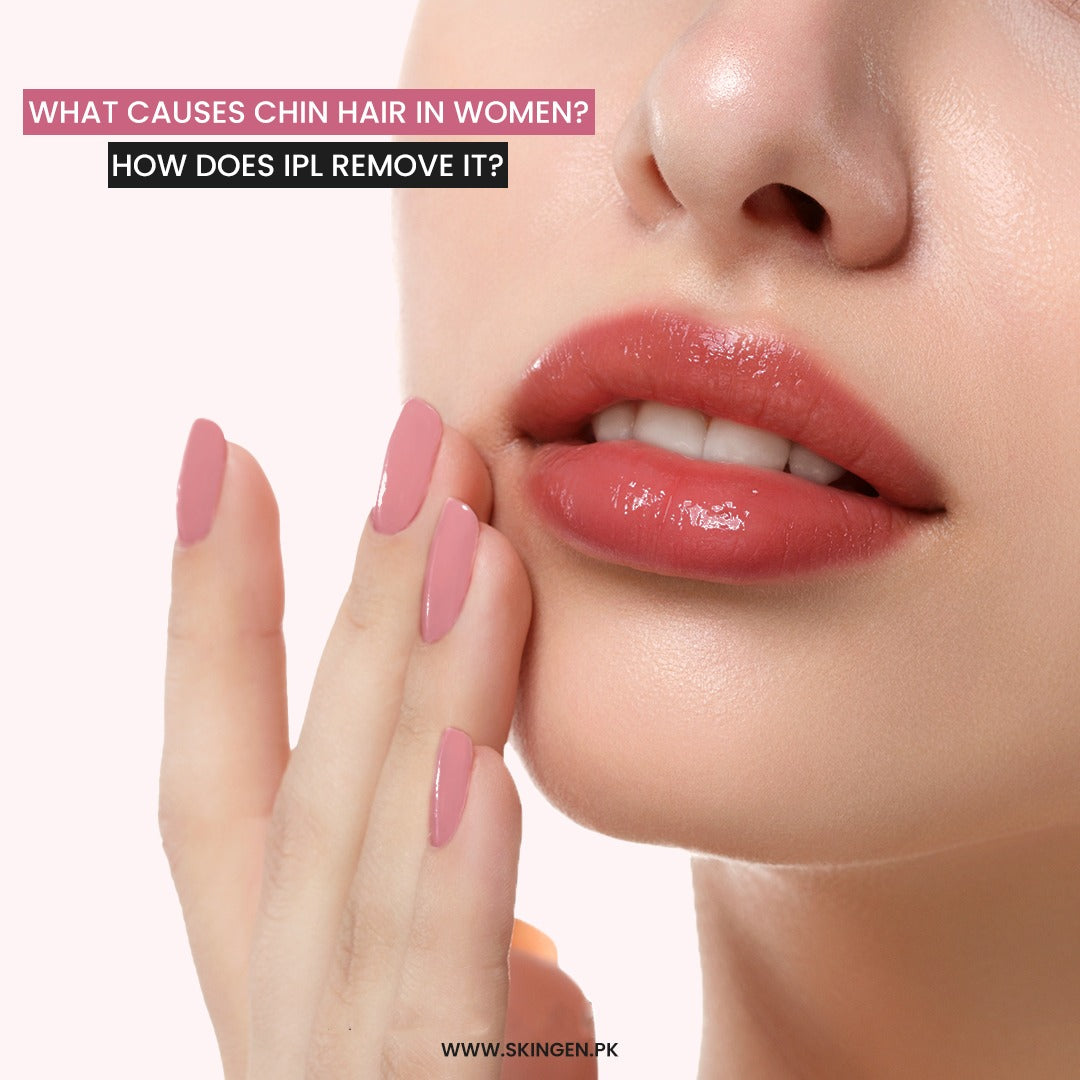Razor burn is a frequent but unpleasant condition that many individuals have after shaving. Razor burn, which causes redness, irritation, and sometimes lumps on the skin, can make shaving an unpleasant experience. Understanding how to avoid razor burn is vital for preserving clean, healthy skin and making shaving more enjoyable. This post will provide thorough suggestions and tactics to help you avoid razor burn and keep your skin irritation-free.
What is Razor Burn?
Before getting into prevention strategies, it's important to understand what razor burn is and what causes it. Razor burn is a type of skin irritation that results from shaving. Symptoms include redness, itching, and a burning feeling, which are occasionally accompanied by little red bumps.

What factors can be caused by a razor burn?
Using a dull razor
Shaving dry skin
Shaving against the grain
Applying too much pressure while shaving
By recognizing these causes, you can take steps to avoid them and reduce the likelihood of developing razor burn.
What are the solutions to avoid razor burns?
Pre-Shave Preparation
One of the most effective ways to prevent razor burn is through proper pre-shave preparation. This stage sets the foundation for a smooth shave and minimizes the risk of irritation.
Clean Skin is important
Before shaving, make sure to thoroughly clean your skin. Washing your face or the region to be shaved with a gentle cleanser eliminates grime, oil, and bacteria that may cause irritation. Clean skin also makes the razor glide more smoothly, lowering the possibility of nicks and injuries.
Hydrated Skin is Crucial
Hydrated skin is cheap and less prone to irritation. Shaving after a shower is ideal since the warm water softens hair and opens pores. If you don't have time for a shower, use a warm, damp towel on the region for a few minutes to achieve a similar outcome.
Setting the Best Shaving Products
Using high-quality shaving products can significantly reduce razor burn. Choose a shaving cream or gel that produces a decent lather and has hydrating elements. Avoid products containing alcohol or strong chemicals, as these can dry out the skin and create irritation.

Methods for Achieving a smooth Shave
How you shave is just as important as the products you use. Implementing proper shaving techniques can greatly reduce the risk of razor burn.
Using a Sharp Razor
A dull razor blade can tug at the hair and cause irritation. Make sure to use a sharp, clean razor for each shave. Replace the blade regularly, especially if you notice any signs of dullness or rust.
Shaving in the Direction of Hair Growth
Shaving against the grain may give you a closer shave, but it also increases the risk of razor burn. Instead, shave in the direction of hair growth. This reduces the likelihood of hair being pulled and skin becoming irritated.
Skip Repeated Passes Over the Same Area
Shaving the same place repeatedly can cause skin irritation and razor burn. Aim to shave each section once or twice. If you need to shave an area again, reapply shaving cream to keep the skin moisturized.
What are the post-shave recommendations?
Proper post-shave care is crucial in preventing razor burn and maintaining healthy skin.
Cleanes with Cool Water
After shaving, rinse the area with cool water to close the pores and soothe the skin. Cool water helps reduce redness and irritation, providing immediate relief.

Wear a Soothing Aftershave
Choose an aftershave that contains soothing and moisturizing ingredients like aloe vera, chamomile, or witch hazel. Avoid aftershaves with alcohol, as they can dry out the skin and exacerbate irritation.
More Tips and Tricks:
In addition to the basic steps, there are several other tips and tricks that can help you avoid razor burn.
Exfoliation
Exfoliating the skin before shaving helps remove dead skin cells and prevents them from clogging the razor. Use a gentle exfoliator to avoid over-irritating the skin. Exfoliation ensures a smoother shave and reduces the risk of ingrown hairs.
Avoid Using Cheap Shaving Tools
Investing in quality shaving tools can make a significant difference. Choose a razor that suits your skin type and hair texture. Consider using a shaving brush to apply shaving cream evenly and lift the hair for a closer shave.
Beware of Common Mistakes
Common mistakes like applying too much pressure, using hot water, or shaving too quickly can contribute to razor burn. Shave slowly and carefully, letting the razor do the work without pressing too hard. Use warm, not hot, water to avoid drying out the skin.
Home remedies that How prevent razor burn?:
Despite your best efforts, you might still experience razor burn occasionally. Fortunately, several home remedies can help soothe and heal irritated skin.
Aloe Vera
Aloe vera is known for its soothing and anti-inflammatory properties. Apply pure aloe vera gel to the affected area to reduce redness and irritation. It also helps moisturize the skin and promotes healing.

Witch Hazel
Witch hazel is a natural astringent that can help reduce inflammation and prevent infection. Dab a small amount of witch hazel onto the razor burn using a cotton ball. Its cooling effect provides immediate relief from discomfort.
Coconut Oil
Coconut oil is an excellent moisturizer with antibacterial properties. Applying a thin layer of coconut oil to the razor burn can help soothe the skin and prevent further irritation. It also aids in healing by keeping the skin hydrated.

When to visit a Doctor?
In most cases, razor burn can be treated with home remedies and proper care. However, if you experience severe symptoms or signs of infection, it's essential to seek medical advice.More

Realizing Severe Symptoms
Severe razor burn can manifest as intense redness, swelling, and pus-filled bumps. If these symptoms persist despite home treatment, it could indicate an infection or another underlying issue.
Treatment Options for Acute Cases
A doctor may recommend topical antibiotics or anti-inflammatory medications to treat severe razor burn. In some circumstances, oral drugs may be necessary. It's crucial to follow medical advice to avoid complications and enhance healing.
Final Thoughts:
To avoid razor burn, use proper procedures, high-quality products, and excellent after-shave care. Understanding the causes and symptoms of razor burn allows you to take preventive efforts to avoid it. Remember to properly prepare your skin before shaving, use the appropriate tools, and finish with soothing and moisturizing products. Additionally, following techniques such as exfoliating and applying home remedies can help to lessen the chance of razor burn. By following these instructions, you can have a smoother, more comfortable shaving experience while maintaining healthy, irritation-free skin.


